I have a matplotlib plot where certain points get annotated. I have worked out how to do the annotations themselves, including arrows and everything. However, I need to add a line to each annotation, next to the text of the annotation. It should run in parallel to the text, with a certain offset from the text in points. The length of the line is based on a percentage value, that each annotated point has. Ideally I would like a line that's always the same length (roughly 15 text characters, which is the max length of the text in the annotations) but has a let's say red and grey portion, based on the percentage value mentioned. Any help or suggestions is greatly appreciated.
Edit: Here is a minimum example of some mock data points:
import numpy as np
import matplotlib.pyplot as plt
x=[2, 3, 4, 6, 7, 8, 10, 11]
y=[1, 3, 4, 2, 3, 1, 5, 2]
tx=[3, 4, 5, 6, 7, 8, 9, 10]
yd=dict(zip(x, y))
plt.scatter(x, y)
plt.xlim(0, 14)
plt.ylim(0, 8)
tspace=list(np.linspace(.05, .95, len(tx)))
tsd=dict(zip(tx, tspace))
arpr = {"arrowstyle": "-",
"connectionstyle": "arc,angleA=-90,armA=20,angleB=90,armB=20,rad=10"}
for i, j in zip(x, tx):
plt.annotate("foo bar baz", (i, yd[i]), (tsd[j], .75),
textcoords="axes fraction", arrowprops=arpr,
annotation_clip=False, rotation="vertical")


